
boilsover
-
Posts
918 -
Joined
-
Last visited
Content Type
Profiles
Forums
Store
Help Articles
Posts posted by boilsover
-
-
4 hours ago, dcarch said:
Actually, tin is a very strange metal. Google "Tin pest", "tin whiskers" -----
also:
"---- Tin melts at a low temperature of about 232 °C (450 °F), which is further reduced to 177.3 °C (351.1 °F) for 11 nm particles.[6] ----"
I gave mine away because for my kitchen, like for most kitchens, copper simply offers no advantage.
darch
This is funny, since tin pest (like tin crying) is simply not an issue with linings, and pure tin melts 99F higher than you misbelieve and higher than all but a few oils' smokepoints. Have you lost any linings to tin pest?
No place in modern restaurants? Have you not been paying attention to the lists of top-rated restaurants and photos of top chefs whose kitchens use it?
-
Maybe too late for you kayb, but I hope the one you got is heavy enough. IME, most "Chinese cleavers" are too light and thin to last long at chopping bones and splitting things like... chops.
I recommend people have at least one thick, heavy cleaver that can break bones for making stock, flattening meat, splitting hard squash, etc. Mine's a Fulton Brand by Foster Brothers, Model 1099. About 1/4" thick, with a big convex edge. I had my friend Bob Kramer sharpen and rescale her in cocobolo back before he became immortal. Splits kindling, too
You should be able to find something similar on eBay...
-
 2
2
-
-
1 hour ago, Kerry Beal said:
...Brooklyn Copper at Homesense (like Marshall's) a couple of weeks ago...
I seriously doubt that. All their production has always been small (BCC/Hammersmith v1.0 couldn't even fill all its prepaid direct orders), and I'd be shocked if any retailers ever got any that could possibly find its way onto a liquidator's shelves. BCC v2.0 is just now in production, and those are full-on 3mm beauties.
Kerry, if you saw copperware at a major liquidator, it was likely Baumalu, and perhaps some odd Mauviel pieces. Maybe in Canada, also Paderno PEI.
If you did/do see any BCC wares in Homesense, would you please grab it for me?
-
On 1/23/2016 at 8:51 AM, dcarch said:
At some point, tin melts at 351F.
Ummm, no. Try 449.5F for pure tin. I hope you didn't give all your copper away because of that mistake.
And the melting temperature of a tin lining is substantially higher than that--all that is needed is something in the pan. Roasting at 500F is not a problem.
I have actually (and accidentally) boiled tinned saucepans dry, one particular pan three times now. One of those times, the pan was so hot it glowed. While its tin was degraded to some degree, it did not destroy the lining. It was hotter--and for longer--than some pans which I have destructively tested by overheating.
Here's what happens to seriously overheated clad. This pan's done. With tinned copper, the worst case is you have it retinned.
-
On 1/23/2016 at 7:24 AM, Toronto416 said:
The demise of tin-lined heavy copper cookware is as overblown as the demise of sailing, riding horses, film cameras, beeswax candles, and wearing stockings with garters.
E.Dehillerin sells a large array of tin lined copper cookware - all new current production pieces by Mauviel that are constantly being replenished:
http://eshop.e-dehillerin.fr/en/copper-copper-lined-with-tin-xsl-243_271.html
If you go to Mauviel's French language site, you will see the tin-lined M'tradition line of heavy tin-lined cookware - just click 'Francais' and then 'les collections':
If you click the English language option you are redirected to the American distributor's site, and alas no tin-lined copper.
I ordered a new current-production 11" heavy copper tin-lined Mauviel rondeau from France in November 2015. It is 3.3-3.5mm thick, and marvellous for browning and then braising meat. The tin is quite non-stick, the pan suffers no hot-spots, and the thick copper conducts heat such that the contents are enveloped with heat, permitting wonderful stove-top braises. It of course also performs very well in the oven, but so do vessels that would not be suitable for stove-top braising.
Cooks far more experienced than me have touted the advantages of heavy tin-lined copper cookware (see boilsover above, and the many photographic examples he provided of copper pots being very much in evidence in professional kitchens). As mentioned above, Julia Child was a big fan of tin-lined heavy copper cookware (just don't follow her cleaning instructions). When she was developing and testing the recipes in her 1961 classic Mastering the Art of French Cooking, she did most of that using tin-lined heavy copper cookware she had bought from E.Dehillerin. If tin-lined heavy copper cookware was good enough for developing one of the greatest and most enduring cookbooks of all time, then that's good enough for us mere mortals.
Julia Child would have been excited to see the quality of cookware now being made in the USA by companies such as Brooklyn Copper Cookware. I just wanted to bring attention to this old-world artisanal approach to making copper cookware for those who value slowing down to make good food, drink good wine, and enjoy good company while respecting tradition and indulging in the finer things in life.
The problem is that you can't tell from the website which pieces are thicker than 2.5mm.
Welcome to eGullet, Toronto.
And thanks for your review. Few people here have spent much--if any--time cooking in thick, tin-lined bottoms, so you must excuse them for slamming this construction as antiquated.
I believe Mac Kohler's Brooklyn Copper Cookware will succeed in much the same way that my friend Bob Kramer's knives have.
Please post again when you've used these fabulous wares--with photos.
-
Here's Daniel Humm at Eleven Madison Park... In the background, what, bong water?
Here're the Rocas at El Celler de Can Roca... What's that I see, Spanish bongwater?
And here's Massimo Bottura at Osteria Francescana. Italian bong water, no doubt.
And what's that in Virgilio Martinez's Central in Lima? Andean bong water!
Heston Blumethal! What's that bong water doing on Din*ner's cooktops?
Alex Atala, you Braziliam bum, what's that at D.O.M? Don't spill that on the carpet!
Don't you all know copper cookware is "not for today"?
-
35 minutes ago, rotuts said:
Soooooo
the new TK line, Pots for a Buck or Two
http://www.williams-sonoma.com/shop/cookware/cookware-all-clad/all-clad-tk/
very copper-y
its window dressing.
show me some 3 star rest.s ( ( per se now only has 2 its the Bong Water I think )
on YouTube current this centuary
that you see copper being used.
TK
is not selling it it seems
but in a Still Pic.
You're funny.
Here's a list of institutions and restaurants (you count their and chefs' stars) for which I can instantly find photos of chefs using copper:
Palias De L'Elysee (Ch. Joel Normand)
Senat (Ch Jean-Jacques Mathou)
Assemblee Nationale (Ch. Christian Peccoud)
Hotel de Matignon (Ch. Yves Delplace)
Arpege (Ch. Alain Passard)
Cazaudehore et la Forestiere (Ch. Gaston Haussais)
La Closerie Des Lilas (Ch. Fabrice Vulin)
Dalloyau (Ch. Pascal Niau)
Fouquet's (Bernard Leprince)
L'Intercontinental (Patrick Juhel)
Le Grand Vefour (Guy Martin)
Jacques Cagna (himself)
Ledoyen (Ghislane Arabien)
Lenotre (Gaston himself)
Brasserie Lipp (Jean-Paul Juliard)
Lucas Carton (Frederic Robert)
Maxim's (Michel Kerever)
Potel et Chabot (Jean-Pierre Bifi)
Hotel Ritz (Guy Legay)
Ritz Club (Domenique Fonseca)
Bernard Dufoux (himself)
La Cote Saint-Jacques (Michel Lorain)
Les Crayers (Gerard Boyer)
Au Crocodile (Emile Jung)
L'Esperance (Marc Menau)
Hotel Martinez (Christian Willer)
Residence de la Pinede (Herve Quesnel)
Paul Bocuse (himself)
Les Pres D'Eugenie (Michel Guerard)
Aubere Des Templiers (Francois Randolphe)
Troisgros (Pierre and Michel)
Georges Blanc (himself)
Chez le Baron de Rothschild (Nadine, Robert Palluau)
Seems they all are conspirators in this. You might also be surprised how many fans Brooklyn Copper Cookware has among the illuminati right there in New York City. I'll leave it to them to name names in their promotional materials.
-
Yeah, even before Per Se, Keller's been part of the conspiracy perpetuating that top kitchens use copper... He may have even brought down the Towers...
Don't actually see him cooking in it... must mean it's all an ornamental hoax!
French Laundry must've relied on volunteers to polish it, too, since no one in a working kitchen does that? Hmmm?
-
3 minutes ago, rotuts said:
I can't really see them using a cooper pan
Yeah, well, they apparently faked the moon landing over at Daniel, too... From https://twitter.com/danielny
-
1 hour ago, paulraphael said:
...the only top-end kitchen in NYC where they use copper is Jean George
Well, there's Craft. And Per Se. And Chef's Table at Brooklyn Fare. . According to Craft's Chef Damon Wise: "We use all-copper cookware for the meat because it heats up fast and offers even heat distribution,” Wise explained. “You get a better sear on the meat and it cooks faster.” http://www.craftrestaurantsinc.com/craft-new-york/gallery/
Here are a bunch more chefs, as compiled by Matfer: http://www.matferbourgeatusa.com/chef-spotlight-brendan-collins
And Chris Consentino of Cockscomb.
-
12 minutes ago, paulraphael said:
I usually see "Saucier" applied to a windsor / evassee pan that has a curve in the bottom to accommodate a whisk. I don't have one, but it looks like a reasonable update to the classic design. Probably less likely to get curdled egg or other skank in the corners.
Yup, that's the idea--whisks supposedly "fit into the corners" better. While there is a little truth to this, and it makes intuitive sense, I think far too much is made of it. There are still "corners" that no round whisk will fit into. Try it with an empty pan--see how your favorite whisk's bottom radius differs from that of the "saucier"'s internal curvature. The old-style birch (twig and bent-cane) whisks, and many modern flexible or flat whisks reach into the "corners" of straight wall saucepans at least as well...
As I said before, the curved "sauciers" have a lot of divergent proportions. Some of them have too-small footprints (which exacerbates poor conductivity), and the curvature means that surface:volume is not as linear as with Windsors when doing reductions. Some function OK as a hybrid saucepan and saute, but it's never a perfect balance.
-
42 minutes ago, paulraphael said:
Unless you have a very high BTU range, you have to get the pan surface way higher than the cooking temperature before adding the food.
This is somewhat funny. I would submit that very high-BTU ranges evolved parallel to the decline in use of copperwares. Even a relatively weak gas hob can keep a copper bottom up and recover it faster. Copper's just far more efficient, and so there's mostly no need for high-output hobs for dry cooking.
Again, you can easily go to 480F and above in tinned copper as long as there's fat in the pan by the time you near 437F. And really? For the fats I use in pans, there's no need to go any higher than that.
-
17 minutes ago, rotuts said:
a tatin and an anna ar of different sorts.
but an Asparagus Pot 3.5 mm Steel/Nickel ? Cast Iron Handle ?
they don't seem to make them any more !
FD : while in FR my mother did find two tin lined, new old fashioned ' sauciers '
they are the ones w the 30 degree or so slant on the sides. they were
" ball peened " and are quire beautiful the larger was stolen, i.e. toss out by an idiot.
I do enjoy looking at the smaller one great beauty there
BTW do you have those very thick copper " Bain-marie " i.e. the insert is very thick ?
not so much the copper :
I have three if these.
Yes indeed, vessels that are strictly for heating or boiling thin liquids--the vapeurs, couscousiers, bain maries, chocolate and coffee kettles, poachers, etc.--needn't be thick. It doesn't hurt if they are, but thickness just doesn't make them work much better. The reason is that thin liquids develop very efficient convection currents. Thicken them up, though (or if you want to brown bones or sweat mirrepoix for your stock) and you'd better thicken the pan, too. FWIW, I can see value to having iron loop or ear handles on all these, rather than brass.
The "ball peen" is called planishing, and is not ornamental, either. That beautiful hammered look actually hardens the copper, making it more resistant to dings and going out of round. Such "work hardening" is still valuable, even "today", as Falk and Mauviel press-form their pans.
Your sauciers I would call 'Windsor', 'splayed saucepan' or a 'sauteuse evassee'. 'Saucier' as applied to cookware is a dubious modern term, and the pans which are called that are all over the board in terms of geometry. I think 'sauteuse bombee' would be a better name for the curved-wall "sauciers" being sold today.
I have one small, single-pot copper and crockery bain marie. I have never miked the copper bottom, but it's quite thin. Ironically, mine was made by Waldow, to whose tooling Hammersmith and Brooklyn fell heir. Waldow once made a beautiful rotary bain marie holding multiple inserts; I'd like to have one.
-
Now a thick pommes vapeur would not be my first choice to spend my money on, either. But a Tatin or Anna? Worth it to me.
BTW, the pan on the work surface in the penultimate photo is new--as are others shown.
-
Great, so they function better, but you deem the expense too high. I get that for tools I don't use much, but not for cooking.
Well, if you went in to E. Dehillerin or Mora or A. Simon or Atelier du Cuivre you would likely find new in the >2.5mm range only those tin-lined pans still made by Mauviel. Last I checked, these were the rondeaux and some of the sauteuses. Or the very large, custom-order (80-800L) stockpots.
I'm trying to follow your logic... If a pan is not new, it is unworthy? If the finest pans are generally older, then they're somehow not the finest or they shouldn't be in modern kitchens?
This thread started with news about new thick, tinned copper, made in USA, being available. Would you be happier if I found photos of restaurants using those specific pans?
The BCC pans are workhorses, much like the venerable pans in the photos. I think those pans will still be in service in 2116, when someone else will undoubtedly be branding them "not for today".
-
Yes, sadly, "restaurant grade" (I prefer to call it "hotel grade" or "extra forte") is becoming historical, because so few makers can and will make in that thickness. Brooklyn and DH&M are doing it here in USA, Mazzetti in Italy, and Soye in Turkey, too. Smaller atelliers in France, no doubt.
I find it amusing that the photographic proof fails to persuade you that high-end, busy, modern restaurant kitchens are happily using thick tinned copperware. Doubly so the idea that hanging pans is evidence of nonuse. I can assure you they're not ornamental.
So, it's the price that makes it "not for today"? The solution to that is pretty easy--I scrounge my copper pieces (now somewhere around 50 pieces), and I've only ever purchased one new pan. None have cost more than their equivalents (not equals) in the premier-grade clad lines like Demeyere. I've had some new (to me) pieces retinned and silvered, but so far not any of the pans I've put into service needed retinning.
There are cost and convenience issues with copper that can lead reasonable people to avoid it. But as far as pure performance goes, there's not much of an argument. Even today. However, there will be a new paradigm soon...
-
2 hours ago, paulraphael said:
These are lovely as collector's pieces, but it would be foolish to expect any functional advantages over stainless-lined copper from Mauviel / Bourgeat / Falk (which are all essentially the same). And tin brings with it significant disadvantages. No matter what anyone tells you, it is fragile. In a saucepan you will abrade through it with a whisk if you whisk a lot (which you will if you are making things like emulsified egg sauces, which are arguably the only kinds of sauces delicate enough to demonstrate the benefits of copper). Forget about sautéing. A proper sear requires preheating above tin's melting point.
The conduction differences in a metal layer that's less that 1/10mm are insignificant. There is no "non-stick" advantage to tin. If food sticks to your cookware, you've got technique issues.
There are still a couple of places in the country that re-tin cookware. Look at $70+ for most pieces. Not a big deal if the cookware is decorative, but that will add up if you use the stuff hard.
I wouldn't consider thickness beyond 2.5mm an advantage. You will get more heat retention and more evenness, but at the expense of slower responsiveness. And responsiveness is the real reason to use copper. You can get evenness and heat retention for miles from heavy aluminum, at a fraction the cost.
Unless decoration is your primary concern, I would be wary of spending money on any copper. I love my 1.5L windsor pan because I'm a sauce geek, and because this pan is made for the things copper does best. But let's be honest ... look in the kitchens of Michelin 3-star restaurants around the world. If it isn't an open kitchen (on display) and if they bought their cookware this side of World War 2, they're probably using some kind of laminated stainless. The differences are vanishingly small in practice.
I use my 2.5mm copper because I bought it when the stuff was pretty affordable. I also use laminated stainless / aluminum, disk-bottom aluminum, heavy aluminum, cast iron, spun steel. The laminates get the job done as well as the copper. They just don't look as awesome when they're doing it. If you work out the physics calculations, copper has an edge in some situations, but it's not going to influence your real world results. You could save the money and get an immersion circulator or pressure cooker or something that will give you serious new powers in the kitchen.
Do you own any 3mm tinned copperware? Have you ever used any for any length of time? Let's just say we disagree on most of what you wrote:
1. There certainly is a difference between 3mm pans that have been tinned, and the 2.3mm and 1.8mm pans that Falk, Bourgeat and Mauviel make. Those latter makers may say their wares are 2.5mm thick, but (with a few exceptions within Mauviel) they are not 2.5mm of copper.
2. Tin linings are not "fragile". Even pans used for sauce work will last 10-15 years provided you use birch or coated whisks.
3. Tin linings are great for searing and saute. I don't know how you define heat for searing, but I say it starts at 200C/400F, which is below the melting temperature of 450F. Moreover, you can easily go higher with oil in the pan, and higher yet with food in it. If for you searing is flopping into a bare pan at 550F, then I wish you well. Tin linings, like SS to some degree, "season", but a seasoned tin lining always sticks less than a freshly-scoured SS one.
4. There are substantial and growing numbers of American retinners who do excellent work at reasonable prices. The going rate is $5 x (diameter + height in inches). Considering that the pans are also finely polished, it's not a bad deal.
5. Look in the state kitchens of France--copper predominates.
6. The responsiveness of 3mm tinned is a lot closer to SS-swaddled 2.3mm than you think. Without the evenness. There is a qualitative difference in the heat delivered from sidewalls, too.
7. If you do work out all the physics calculations (including thermal diffusivity and emissivity), copper is clearly superior to clad and aluminum in most applications. Superior enough for you? Maybe not. Bare aluminum wins every time on a cost:benefit analysis.
8. The BCC pans are definitely not just "collector pieces".
-
Thanks, Franz:
Are you going to include measurements for discontinued lines/pans as well? It might be useful for comparison purposes.
Cheers!
-
27 minutes ago, Toliver said:
Try a baking soda & water soak on the sealing ring to see if it makes a difference.
There will be ridicule, but here's the #1 trick for removing odor from rubber, plastic and silicone. I learned this after nearly driving myself insane trying to remove freezer odors from my $$ silicone "rocks" ice molds.
Seal the item in a plastic bag surrounded with... unscented clay cat litter. Leave for 2-3 days.
-
 4
4
-
-
13 hours ago, Smithy said:
I have. Please see this post and this later post in the Moroccan Tagine Cooking topic. There's a fair amount of discussion about what happens and why throughout the topic, but the discussion may be more focused on that question (as opposed to recipes) in the region of those two posts.
Interesting, thanks Smithy.
Lots of variables at work. It would be useful to know how much water a given type of clay pot can hold within its walls, and how much (if any) passes through transpiration as opposed to evaporation around the cover.
-
 1
1
-
-
2 hours ago, haresfur said:
Well then, cooking in clay on the stovetop probably isn't for you.
OK.
By the way, has anyone (e.g., Wolfort) done any real testing of the putuative benefits of cooking in clay? I readily understand how a porous clay vessel might soak up moisture (and pot liquor). But it's far less intuitive to me that the resulting prep would be any "moister". And the idea of a cover resulting in "self-basting" or doufeu-like condensation/precipitation just seems...wrong... considering the humidity inside and the thinness of the dripping condensate. I thought the spikes Staub touts were debunked awhile back. No?
I propose that someone who loves these unglazed bean pots do a little 'sperimentin' with an accurate scale.
But they sure are pretty, and I hope their sale supports some indigenous craftspeople.
-
The website's crazy slow, but there are deals. $80 of the 10.5Q All American pressure canner is the best deal I've seen so far. http://www.chefscatalog.com/product/31600-all-american-pressure-canner.aspx
-
15 hours ago, haresfur said:
Ok, Ceramics-101. Not complete but this should give you an idea of the differences.
* * *
So the Mexican pots and the 'flameware' pots have completely different properties and strategies for managing the problems of stovetop use. Either one can be damaged if pushed beyond its limits but both are well suited to the job.
Thank you for the information. I really appreciate it.
I remain unclear about how the Mexican pots, by "strategy" or property, hold up to stovetop use better than Emile Henry's Flame line. The latter do not hold up all that well. I'm back to believing that, unless you must use the stovetop, clay vessels are best used in ovens.
-
7 minutes ago, azlee said:
The handmade Mexican clay pots are made differently than the Emile Henry pots.... They all have unique properties that dictate how best to use them in the kitchen
Great, since you know a lot about clay wares that are suitable for the stovetop (and are not selling them, unlike Rancho) why don't you educatel me about how the Mexican pots are made differently from the Emile Henry--besides the glazing.

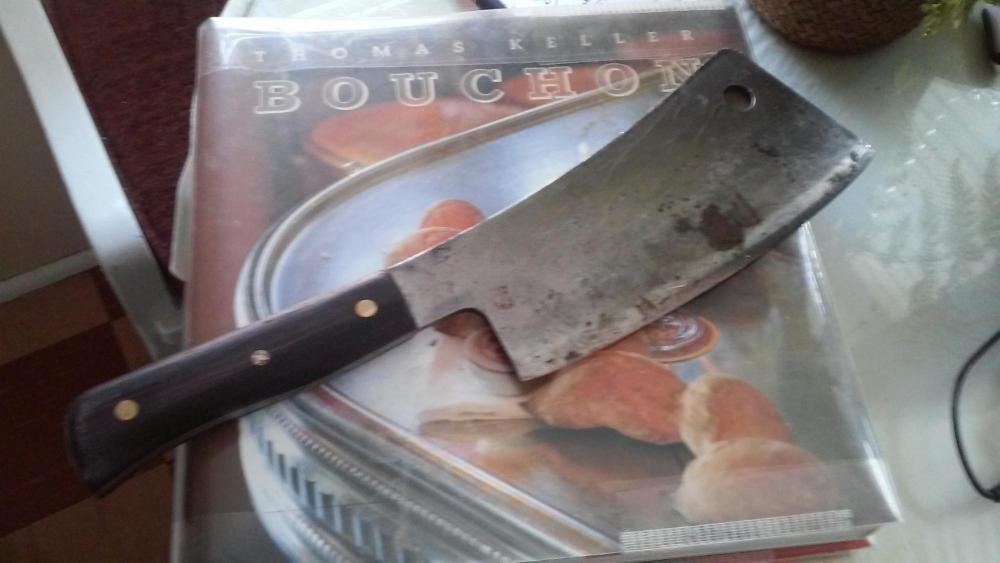
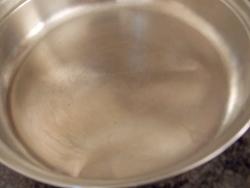
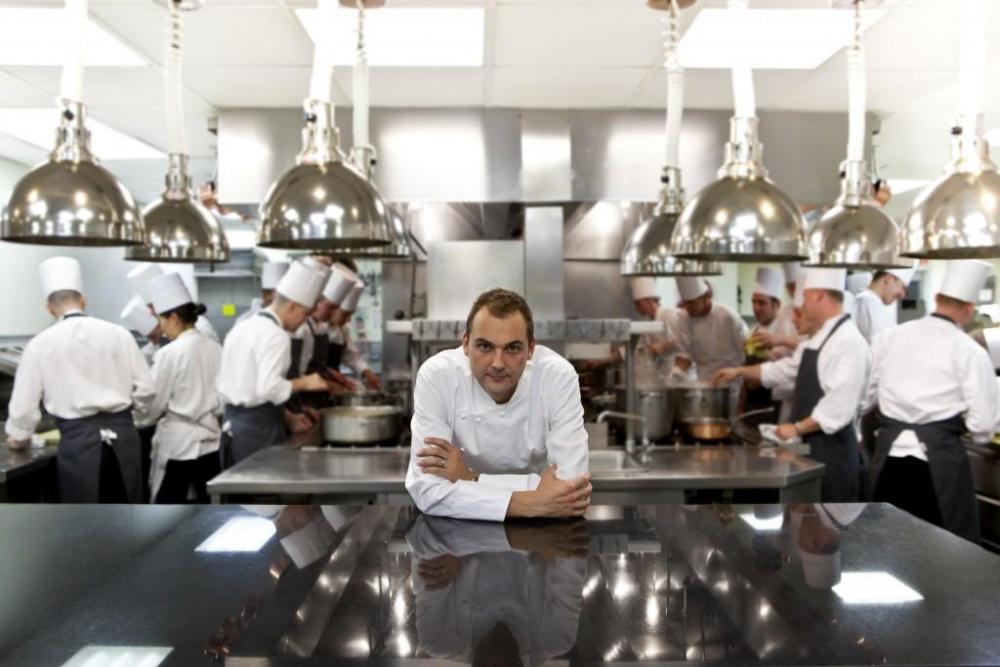

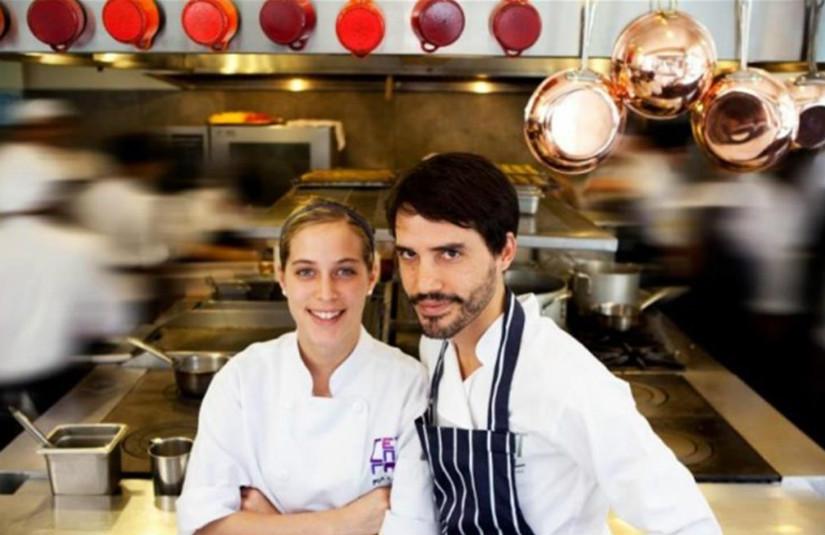
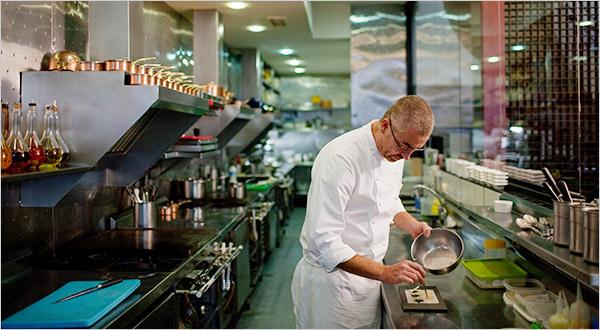
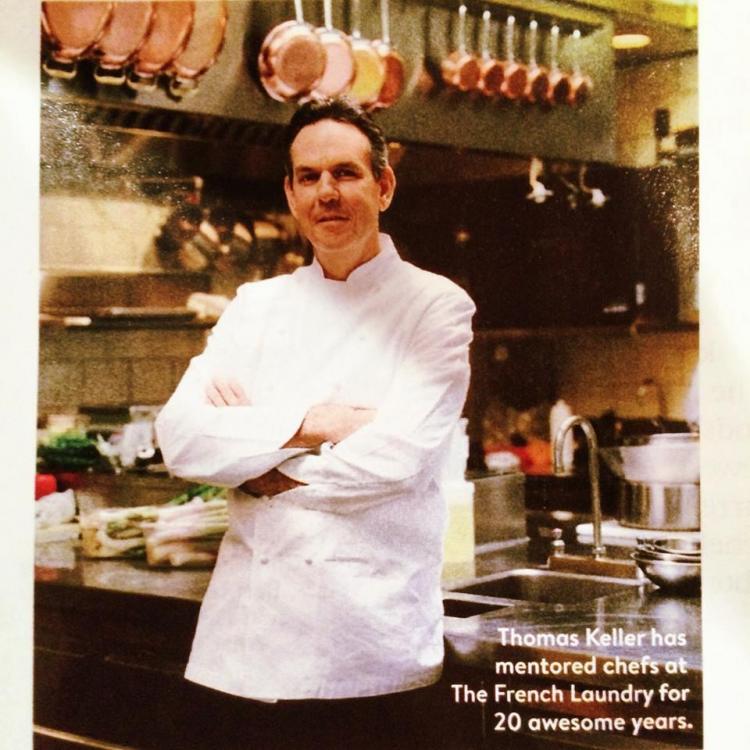
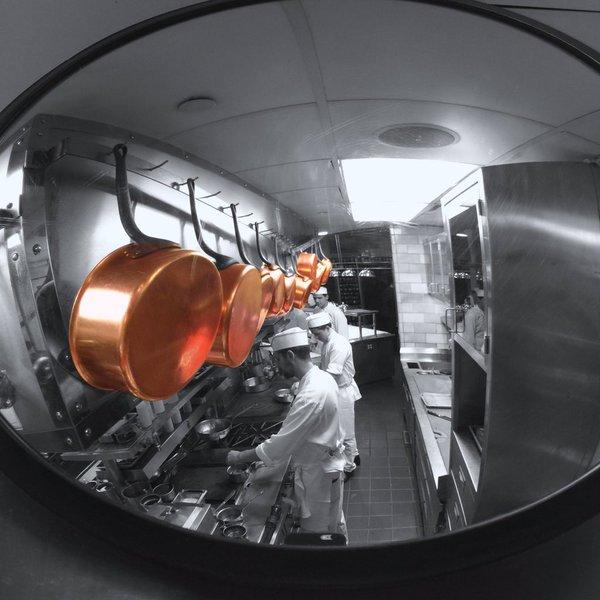
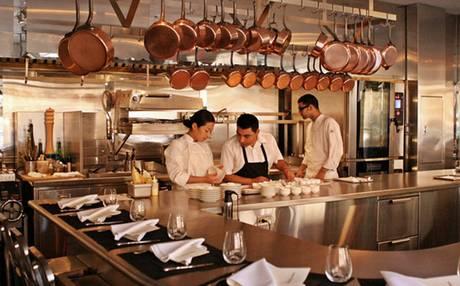
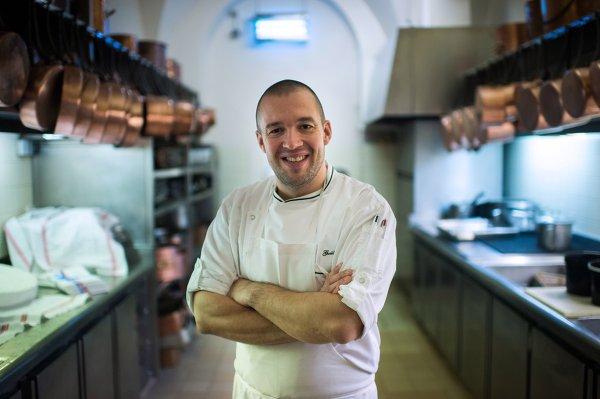
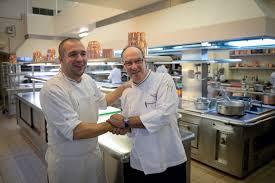
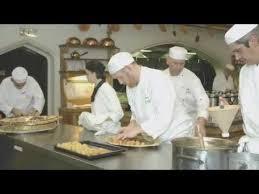
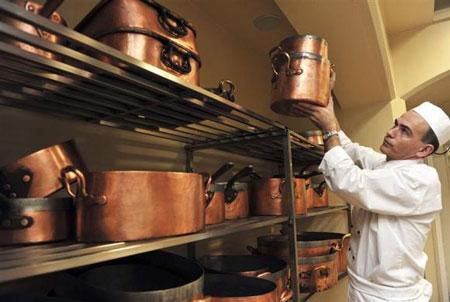

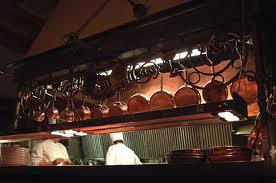
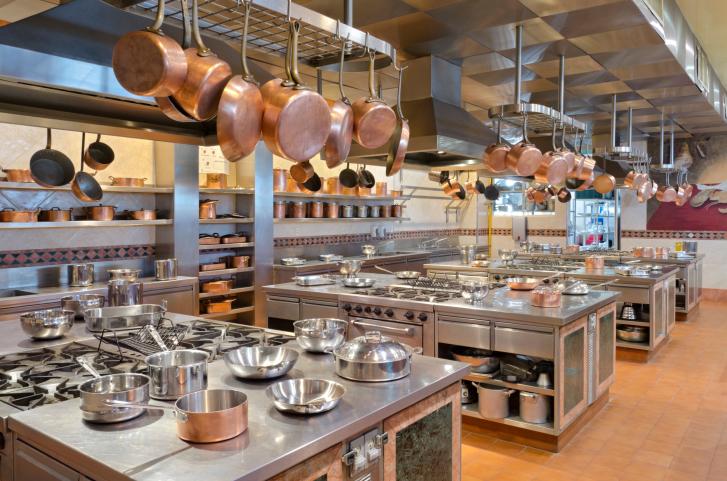
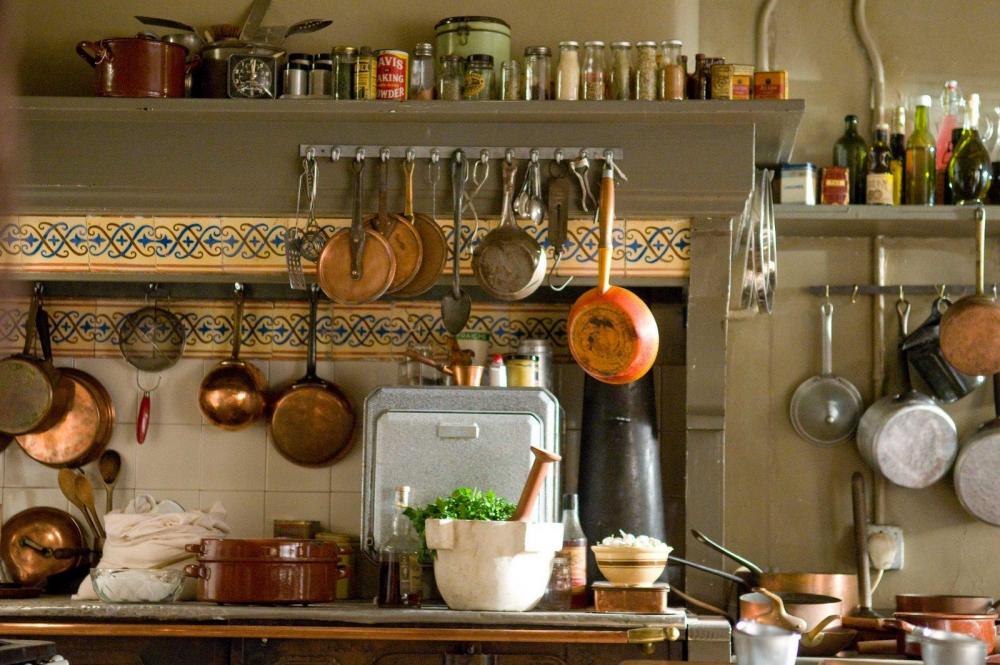
Copper vs Stainless Steel Clad Cookware: Is it worth the $$$?
in Kitchen Consumer
Posted
Gee, USDA, WHO, NIOSH, OSHA, all 50 states, and the world's dairy industries must have it wrong. Tin "poisoning" is a lot rarer than nickel sensitivity. Maybe you should reconsider stainless steel, too? http://www.ncbi.nlm.nih.gov/pubmed/23984718
Since you're into "pure scientific facts", care to substantiate a 351F melting point for tin?